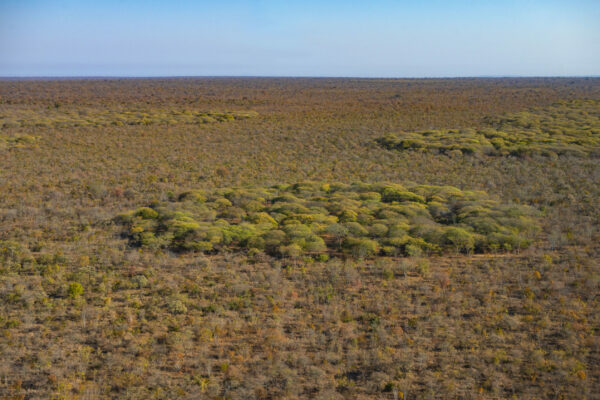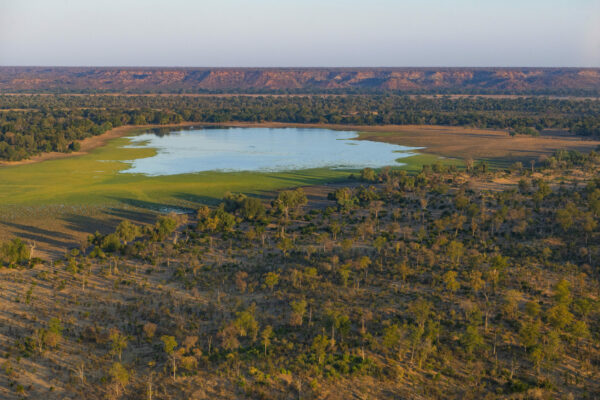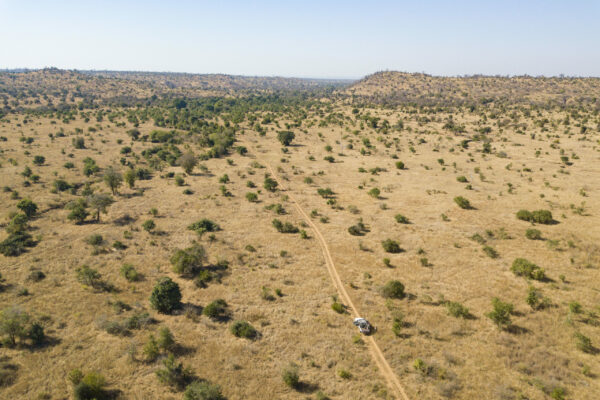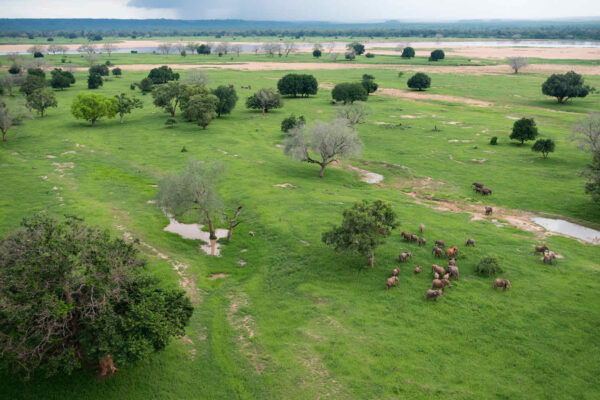At more than 5000 square kilometres, Gonarezhou National Park is Zimbabwe’s second largest park. The Gonarezhou wilderness plays home to a rich diversity of wildlife and plant species hosting several unique, threatened and range-limited species.
Gonarezhou Conservation Trust – A Conservation Partnership
Through our scientific services (research) and resource protection teams Gonarezhou Conservation Trust strives to conserve the Gonarezhou ecosystem, restore its biodiversity, and protect vital habitats that can be sustained for future generations. Our vision for sustainable conservation is that habitats, biodiversity and ecosystem services can be restored, protected and continue to flourish for the benefit of both people and the planet.
The Trust has committed to a continuous journey of improvement toward achieving holistic conservation for the Gonarezhou landscape, balancing the protection and understanding of our natural resources with the needs and challenges of the people that live around the Park.






